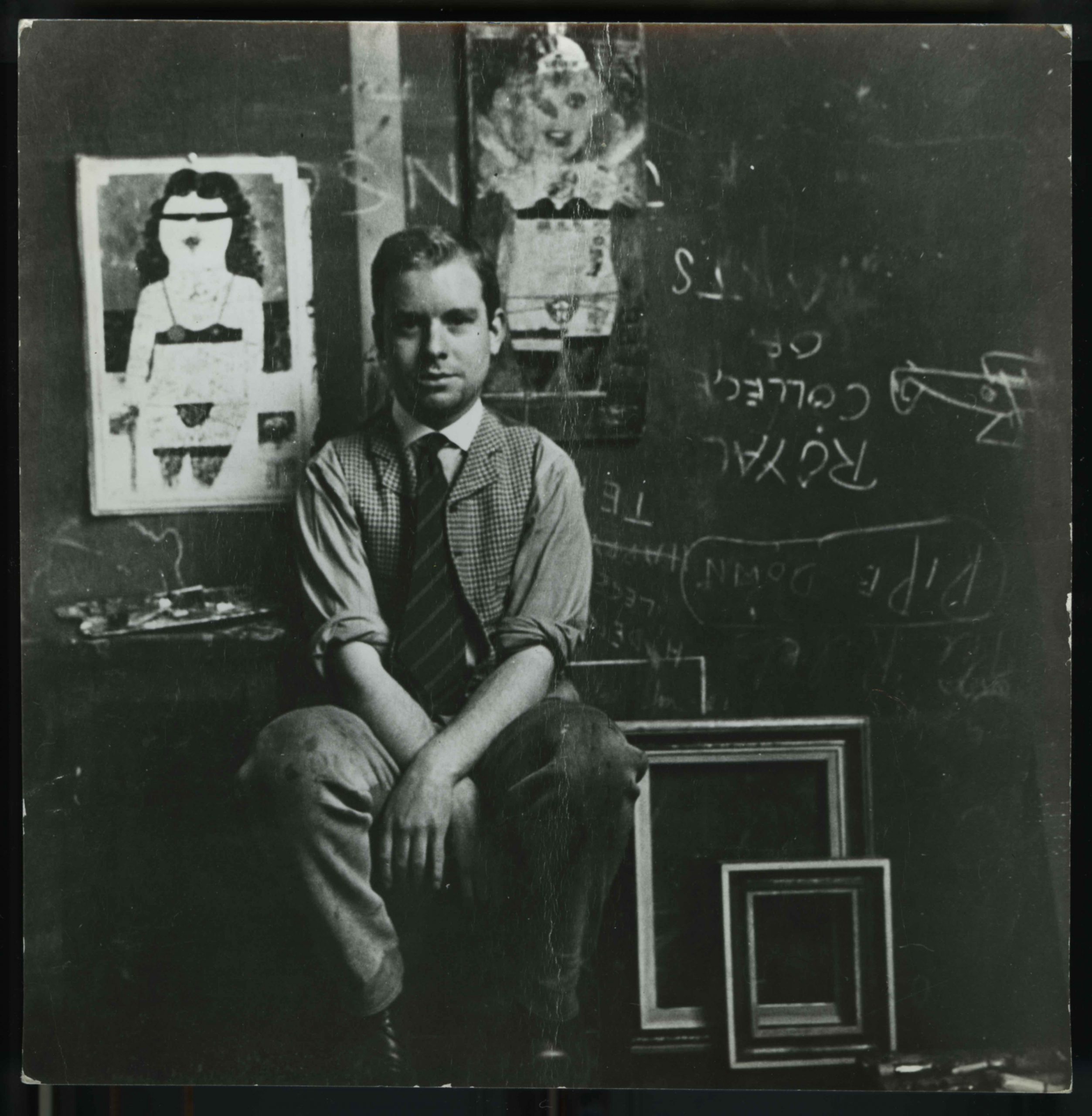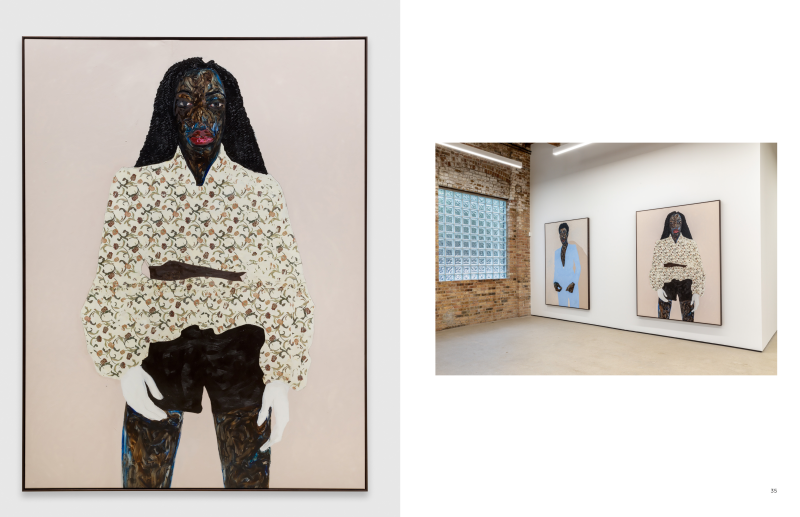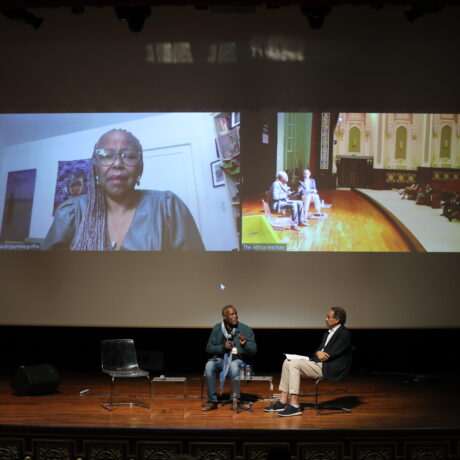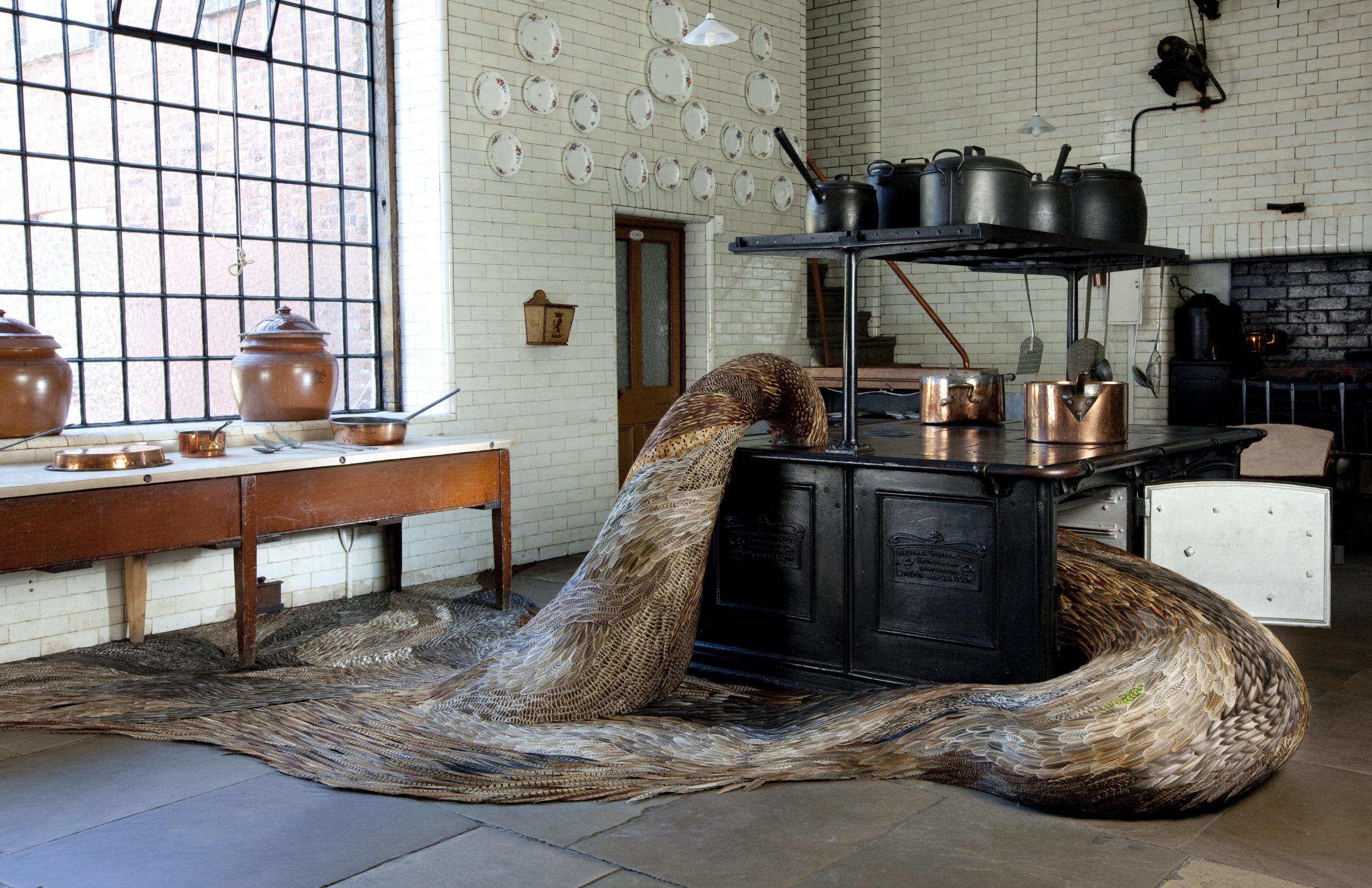
Kate MccGwire (Anomie)
Feathers are rendered scale-like in the mammoth sculptures of Kate MccGwire. The British artist’s work is visually stunning, and testament to both her skill and patience. Her giant writhing forms are covered in neatly ordered rows of feathers in shimmering blues and intricate patterns of brown. A new book, simply titled Kate MccGwire, brings together images of looped, feather-coated forms within glass domes, wall-hung sculptures, and breathtaking installations, including 2010’s Evacuate, which featured a liquid-like flood of feathers spilling through a traditional kitchen. The book captures the pure drama of MccGwire’s work, which always carries with it the astounding beauty and unexpected symmetry of the natural world. (Emily Steer)
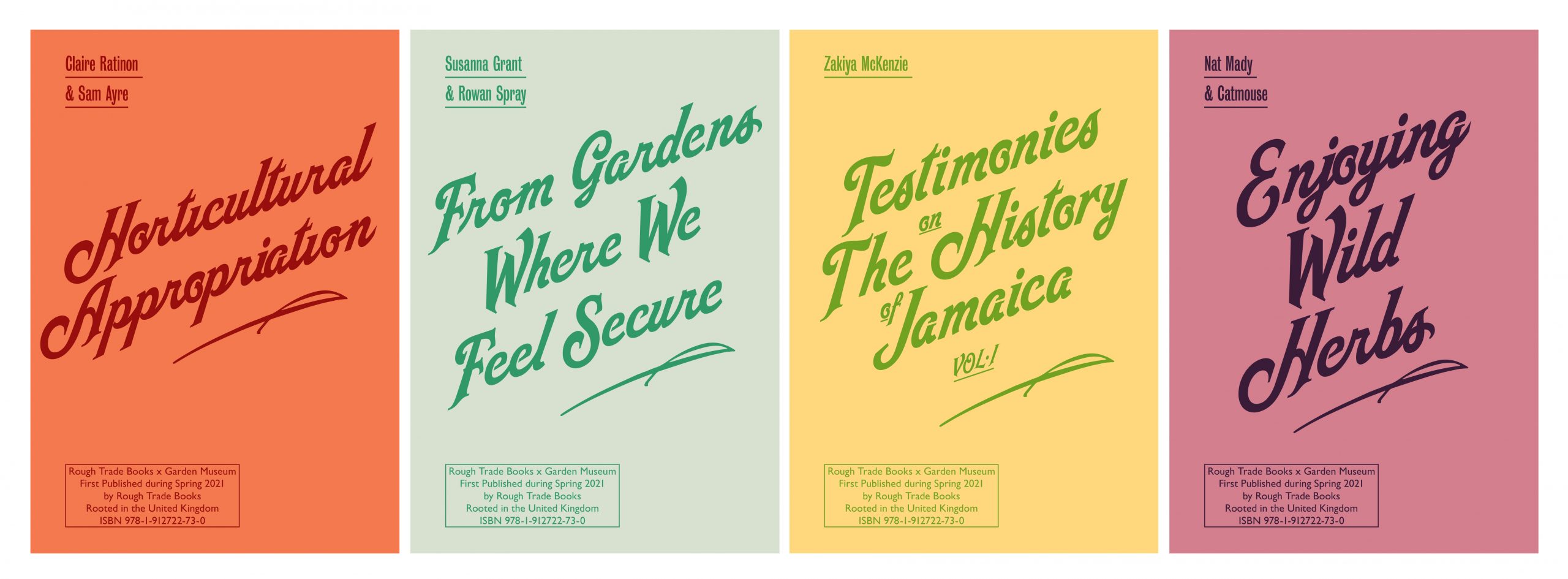
Rough Trade Editions x The Garden Museum
Gardens took on new significance under lockdown, when those lucky enough to have even the smallest patch of outdoor space found new freedom during a time of confinement. For those without their own garden, parks and open green spaces offered welcome respite, while the waiting lists for allotments grew ever longer. A new series from Rough Trade Books sees them partner with the Garden Museum, a little-known oasis in the middle of London. The resulting four pamphlets, on everything from horticultural appropriation to wild herbs, bring together a group of writers and gardeners as they reconsider the radical potential of gardening. As the publisher puts it, “Gardens loom large in the imagination, a locus of desire, aspiration, colonisation, care, effort, property, land and ownership, loss and literature.” (Louise Benson)
Peter Blake: Collage (Thames & Hudson; Waddington Custot)
This new book features the classic pairing of legendary British artist Peter Blake’s collages, with a foreword by David Hockney. Collage brings together images from throughout Blake’s career, focusing on the medium he is so known for, perhaps most widely recognised for his riotous album cover for The Beatles’ Sgt. Pepper’s Lonely Hearts Club Band. Blake was a central figure in the British Pop art movement, and his works are celebratory and full of life, capturing the height of Swinging Sixties colour, joy and self-expression. (Emily Steer)

Rave 1991 by Tony Davis (Café Royal)
UK Rave culture in the early 1990s has become one of photographer Tony Davis’ staple subjects, revisiting the pictures he originally took at parties, some of at legendary venues, in the Midlands. This 36-page, litho-printed zine is curated from the archive of picture Davis shot on 35mm between 1988 and 1994, focusing on the feeling, fashion and dance moves of 1991: expect a sea of bucket hats, sweat and dilated pupils. Older and possibly a bit wiser than the ravers he photographed, Davis described his perspective on these scenes as one of an outsider, rather than a participant. Luckily for him, his subjects aren’t exactly inhibited by the presence of his camera. (Charlotte Jansen)
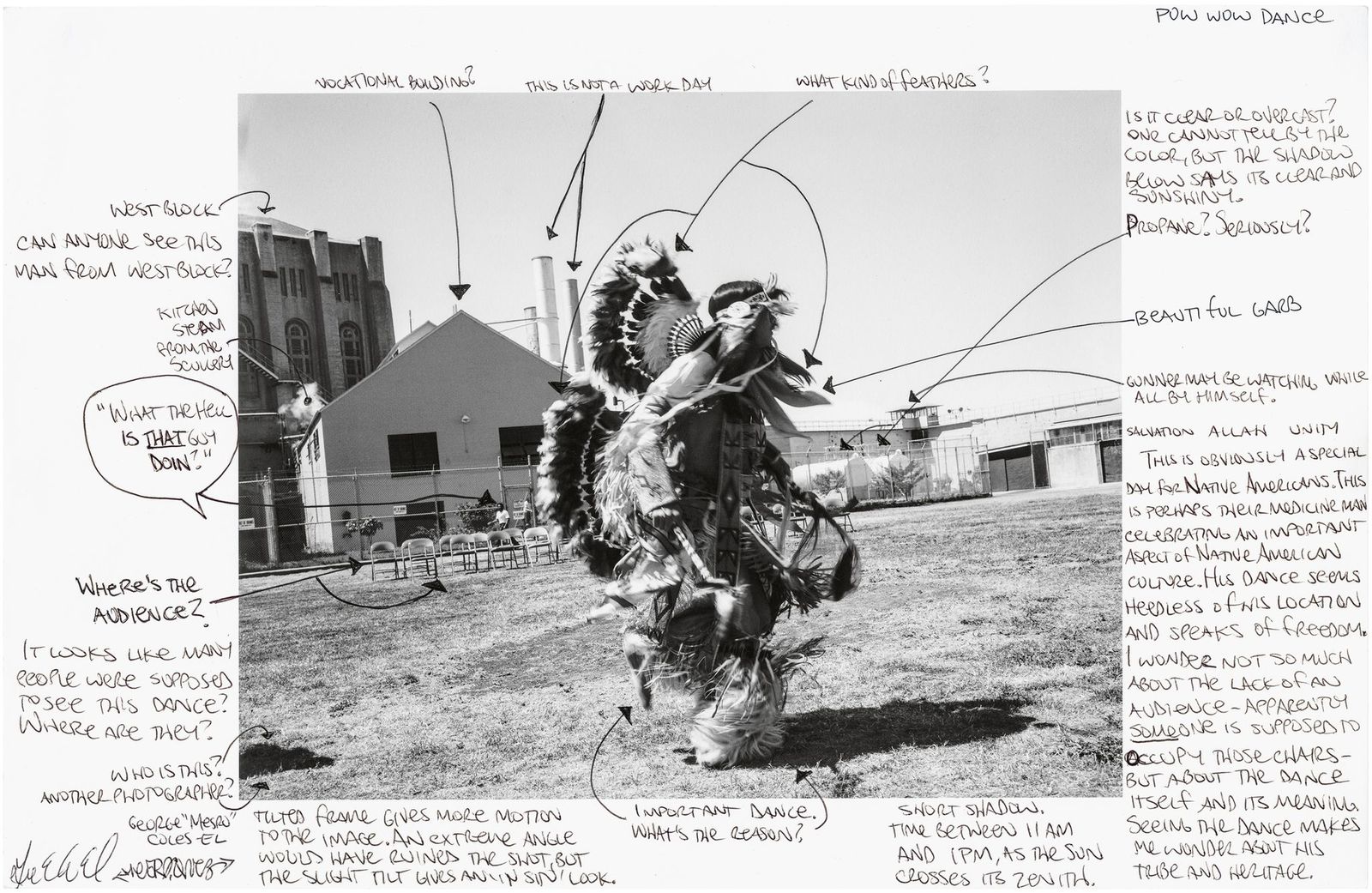
The San Quentin Project (Aperture)
Few members of the public ever glimpse inside the guarded halls of a prison facility. This new book explores the balance between incarceration and invisibility directly through a series of annotated historic images found in the archive of San Quentin Prison. Artist and educator Nigel Poor began teaching a history of photography class at the prison (one of America’s oldest and largest) in 2011, but neither books nor cameras were allowed into the facility. Instead she encouraged students in the creation of “verbal photographs”, descriptions of memories that could not be documented visually. They also annotated photographs from other artists during classes, until Poor received access to thousands of negatives taken in the prison by corrections officers of a former era. These images became the launchpad for intimate observations by the students, from the banal to the brutal, on their experience of detention. (Louise Benson)
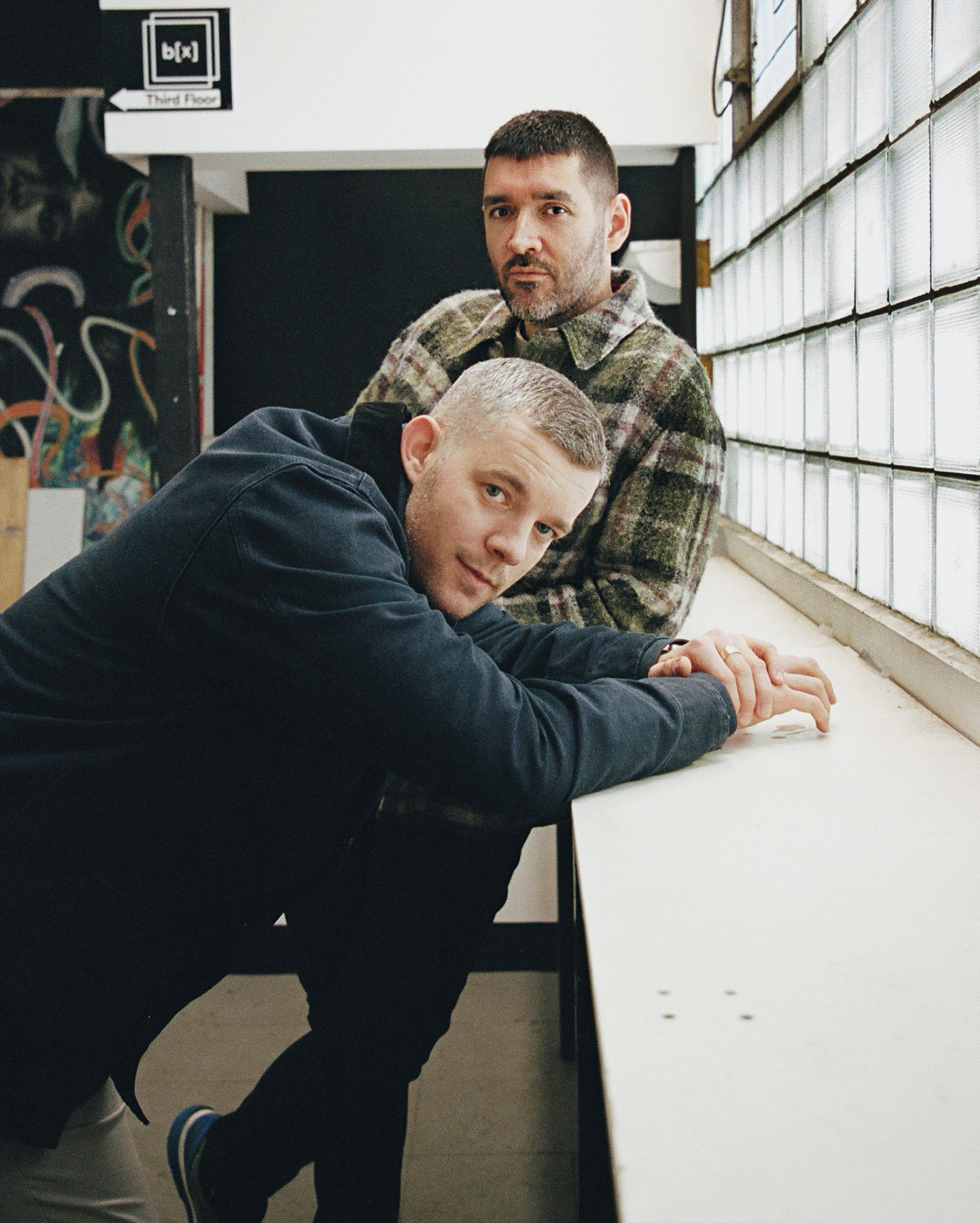
Talk Art by Russell Tovey and Robert Diament (Illex Press)
Russell Tovey and Robert Diament’s hugely successful podcast, Talk Art, can now be experienced in book form, subtitled “Everything You Wanted to Know About Contemporary Art but Were Afraid to Ask”. The pair are friends, which adds a conversational and accessible air to both their interviews on the podcast (featuring art world names including Tyler Mitchell and Tracey Emin as well as Hollywood stars such as Pierce Brosnan) and their writings in the book. “It’s about making something that is accessible, non-academic, fun, easily digestible, and exciting. The art books that have really stayed with me or changed my perception never make me feel like I’m being lectured at,” says Tovey. The book gives a useful overview of different art forms, and delves into what it means to collect, at any level. It also features personal insights from Tovey and Diament, who both collect art, about a subject they clearly feel a real passion for. You can read more from Tovey in the new issue of Elephant magazine. (Emily Steer)
Amoako Boafo (Mariane Ibrahim)
This first monograph of Amoako Boafo published by Mariane Ibrahim explores the artist’s short but dazzling career to date (36-year-old Boafo’s first solo exhibition at Ibrahim’s Chicago gallery was in 2020, and this book spans works from 2018 to the present). Boafo’s unique language and technique (using photo transfer compositions in his large-scale figurative paintings) have deservedly earned him a high level of interest: Kehinde Wiley was among the early supporters of his work after discovering Boafo through Instagram. Collector wars have since ensued, but this book confirms Boafo’s place beyond the market interest, with discursive and critical texts by Ekow Eshun, Sir David Adjaye, Shaquille Heath and Kim Jones OBE as well as Mariane Ibrahim. (Charlotte Jansen)
